In this rapidly evolving marketplace where everything has gone digital, website, and mobile, beyond the shadow of a doubt, are turning out to be the future. The number of mobile users is simply greater than the number of desktop users but as the technology is advancing, the websites are also evolving over the years.
Updated 15 February 2024

Director at Appventurez
The businesses along with having apps also focus on making the website well-optimized for desktop as well as mobile users for which the developers take center stage. Whenever the conversation about developers strikes, the theory of web and mobile app development ropes in.
The companies also have started understanding the importance of having an easy-to-navigate website and an intuitive app for their business. Thus, they often aspire to connect with the industry-best web and mobile app development company that is rich in skills and can create an astonishing web and mobile experience for users.
As a result, the demands of developers are growing apace. They are the ones who immersively code your entire web or an app that goes well with your users which ultimately helps in improved business.
Developers are to the website what diesel to a car is, what spices to the food is – the most vital element.
Speaking of the development and its requirements, they vary depending on the project. However, there are mainly two types of development – front-end and Back-end. While the front end is everything you see on the website, from the navigation menu to the search button, the back end is the core (server), the reason why you are sighting the stuff on the website in front.
The primary objective of Back-end tools is to deliver data to the front-end. Since both development methodologies are complex in their way, the back end takes the first spot when it comes to choosing one between the two.
In this back-end development tutorial, we will read about the fundamentals of the back-end, its programming languages, tools, frameworks, etc.
People of diverse backgrounds often struggle to understand the basic definition of Back-end development and how it functions. Hence, let me try to keep it as simple as it could be for you. So back-end, as the name refers, is everything that goes behind the web application architecture. It is not visible to the users and is usually referred to as – the server side of programming. Let’s understand this via an excellent example – have you been to theatres? Did you ever try to understand how the projector at the back processes the entire movie with the help of pristine film print? It seems now you need to.
In an application language, assume those prints as a bunch of codes because you explore through the different content on the website i.e. the movie. There are three major Back-end components on which the whole development part operates – a server, an application, and a database. While we have a language through which we communicate with other people, similarly the Back-end developers also use language, commonly known as a programming language, using which they create codes.
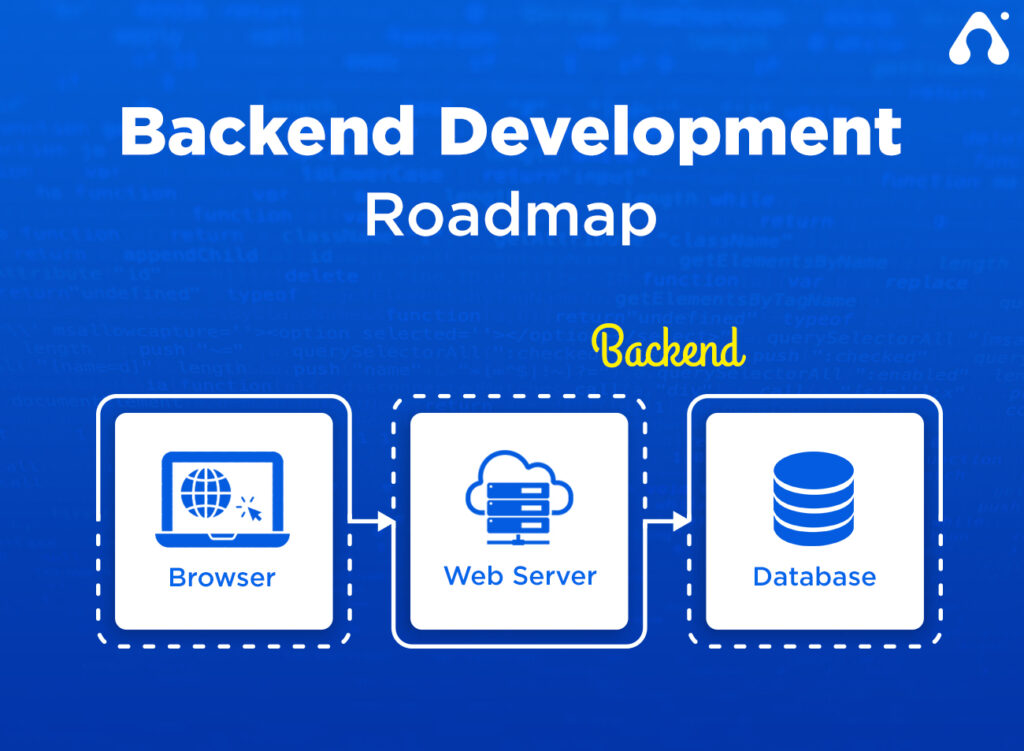
When we talk about the back end development tutorial and beginners’ guide to Back-end development, the most common question from multitudes is – what should back-end software be liable to do after learning web development? From design to testing and maintenance of the application, they are the creative masterminds who let their developed framework tell users what the website is about.
A developer is responsible for programming the code either for a website or an app and sometimes both. There are two types of developers in general, the one who maintains the client-side i.e. known as a front-end developer while the other one focuses on setting up the back-end functionality of a site known as a back-end developer.
It has been noticed that the front end which many seek as the main part of the development approach that users interact with is making strides while back-end technologies, on the other hand, have been quite an underachiever comparatively. However, those who are not laymen and know ample stuff about the back-end programming language must be conscious of how important the back-end principles are for development.
Back-end developers are responsible for using programming languages to create or change the code. The code that developers write and run on the webserver is often known as back-end code which often communicates with the frontend objects.
Though there are hundreds of programming languages, the most in-demand programming languages for back-end development are given below.
If you are the one who is thinking of gaining decent knowledge about server-side development via a back-end development tutorial guide, you should be aware of the undermentioned languages.
Python is one of the widely popular open-source programming languages that has risen to fame for developers. Python is an easily interpreted language among many and this is why it is simple for beginners to learn. Python has become the go-to choice for back-end developers because of its uncomplicated syntax and shortcode length. While back-end components require high-level data structures and language interpretation, Python is a platform-independent language that emphasizes code readability and is eventually proving ideal for back-end developers.
PHP stands for Personal Home Page. It is an open-source scripting language used on the server side. It is a programming language that represents comprehensive documentation of varied web functionality. The majority of developers choose PHP web development because it is available for free which means there are no licensing fees involved. PHP programming code includes high flexibility and comes with acceptably simple integration. PHP supports a wide array of servers and takes less development time.
When it comes to knowing the in and out of back-end technologies and the architecture, it seemingly becomes significant to include and apprehend Java. Java is a concurrent programming language that is very basic and functions on the concept of OOP i.e. Object-Oriented Programming. Unlike other programming languages, Java does not compile to a specific platform but interweaves well with independent bytecode. Being one of the popular choices among developers, Java opens up the prospective door to innovation and opportunity for developers when it comes to coding.
Ruby is commonly known as Ruby on the Rails. While Ruby is a code, Rails is a rapid application development (RAD). Ruby on the Rails is simply known as one of the most robust programming languages in the group of most versatile programming languages. It operates on the MVC framework which is relatively faster than other back-end frameworks and broadly used languages.
It is so human-like and resembles English which means it can also be understood by those for whom back-end functionality and programming are novel. The best thing about Ruby on the Rails is it’s readable and most of the codes are self-documenting, leading it to become one of the dynamic web application development solutions. Ruby adds a pragmatic approach to the coding.
The fundamentals of back-end development and the types of programming languages have already been discussed at the outset of the article, therefore, let’s gain an in-depth understanding of the other side of the coin and how it is different from the backend functionality.
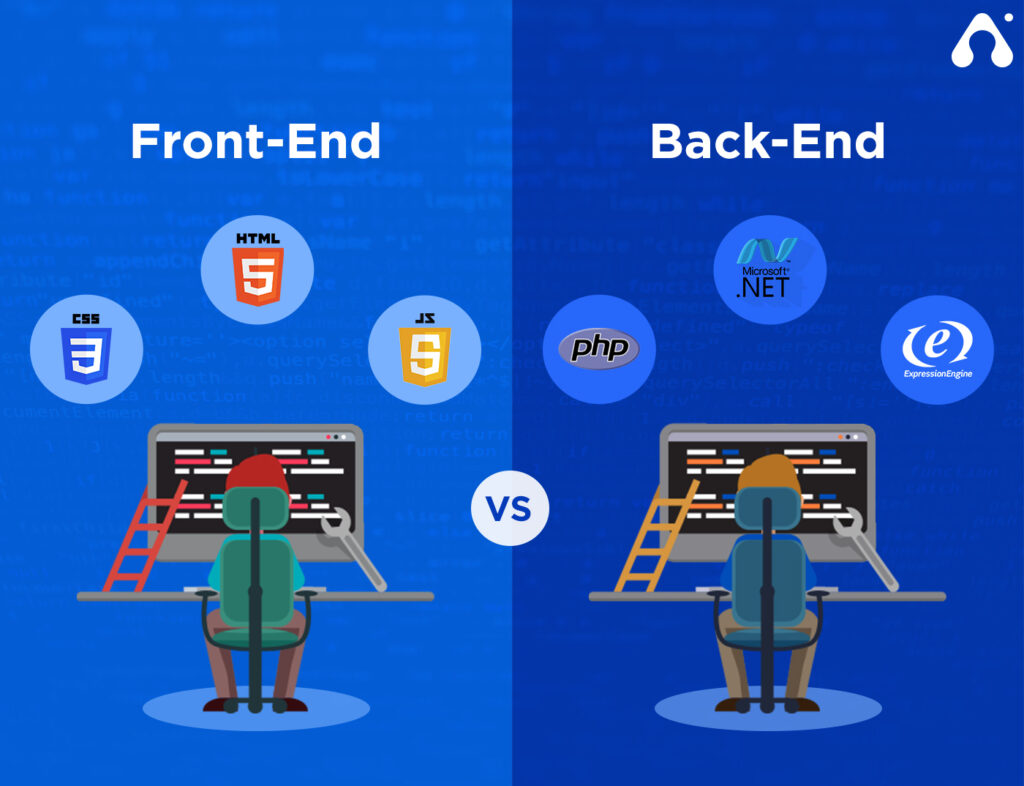
As the name suggests, the front end is the part of web development that programs the forefront components of the website with the help of codes. This is the part that can be viewed by the end-user. For instance – you are visiting a website and exploring content, layouts, style, animations, etc., all these are the front-end development foundation of which is back-end programming. HTML, CSS, and JavaScript are common front-end development languages. (
Also read about – Guide on JavaScript Frontend Frameworks Development.
Front-end developers connect a graphic designer and content or copywriter to one place and give their idea of the language of the web. The front-end developers are at the helm of making the client-facing aspect of the website interesting and easy to navigate for users.
Whatever happens at the back end of the programs is commonly known as back-end development. Most of the Back-end programmers known by the name of “server-side developers” that enable database and application communication. Are you still pondering over the thought – what is Back-end development?
Let’s understand the back-end programming and its function via an interesting example.
As you know there goes a lot and requires plenty of materials while constructing a house such as concrete, steel, wood, masonry, etc. Take in these building materials as back-end programming while the well-furnished house you see as the outcome is the front-end development. Hence, any kind of development that has nothing to do with UI can be referred to as back-end.
In this part of the back-end development tutorial guide, you will learn about the important aspects of the back-end functionality and how the developers working on the server side weave the components together. The combination of technology and coding which enhances the website is the creation of back-end developers. The functionality of the website depends upon how it is programmed. The back-end of the website is not visible to the users and they cannot interact with it.
Back-end developers play a critical role in web development. They are the ones who make sure that data or services requested by the front-end system or software are delivered successfully. The programmers make use of specified back-end components and functionality that run on web servers. These four significant components are well-discussed below –
Since we know that back-end developers are responsible for taking good care of the server side of the website, what else they take responsibility for is the million-dollar question. The primary objective of back-end programmers is to create a seamless experience for end-users. Hence, they are the one who closely works with the designers, content writers, and front-end developers to process programs and create codes.
The companies while hiring analytical, results-driven back-end developers have a keen eye for judging the understanding of back-end technologies, programming languages, and tools in them. Being a competent back-end developer does not mean you should just be knowledgeable to integrate code along with APIs but also be considerate of creating a more seamless experience for users.
A capable back-end developer should have the undermentioned roles and responsibilities.
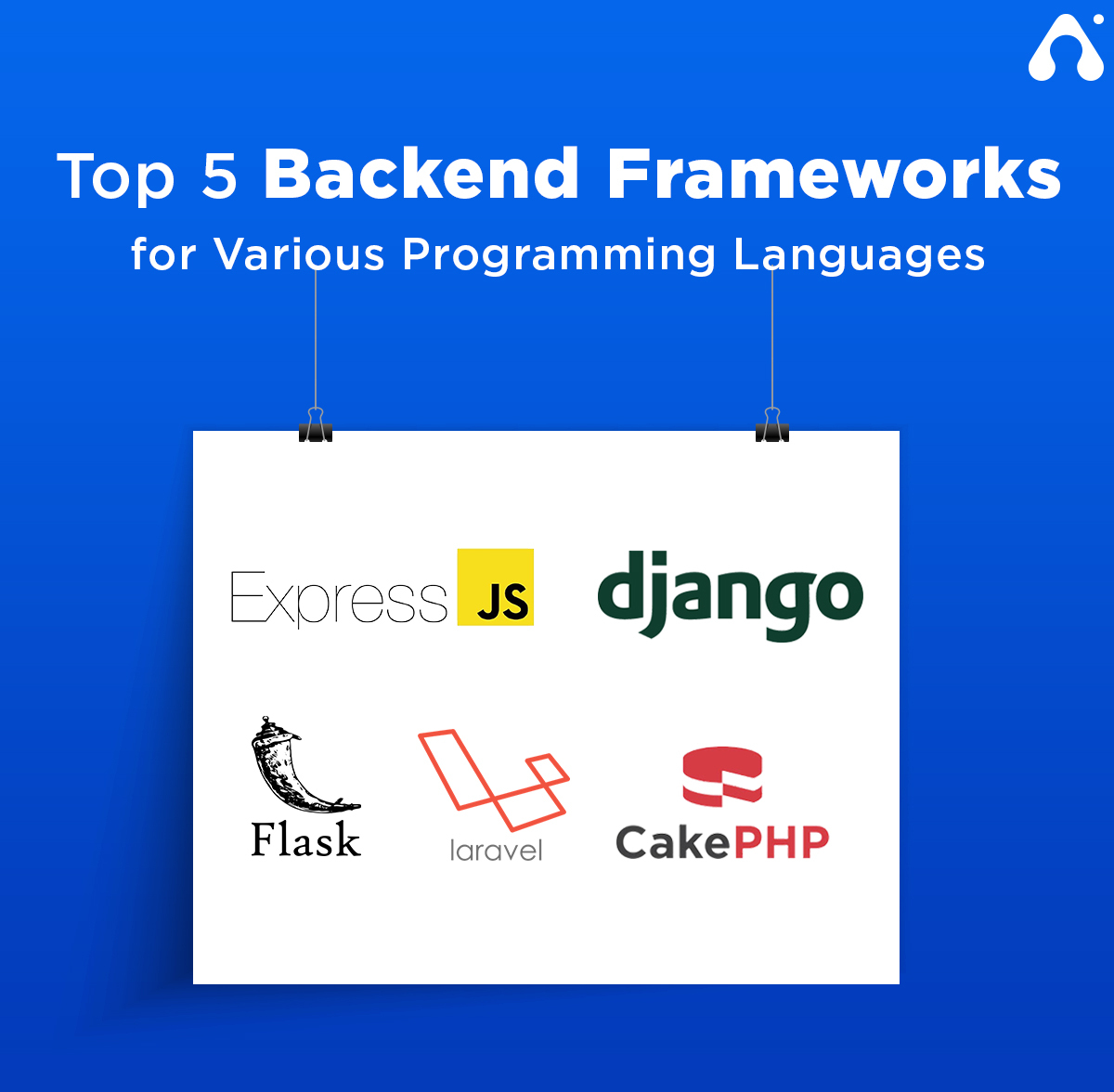
Though back-end programming and several frameworks have become an essential part of web development, finding the right framework might be a challenging task for developers. There are myriads of back-end structures available to choose from across various languages.
However, programmers also feel the need to sync the architecture with the right usability of codes and ensure world-class performance for end-users. Therefore, narrowing down to only one particular framework would not be a wise choice while attempting elegant website development.
Keeping the complexity and functionality of every framework in mind, here we are listing the 5 best back-end frameworks that developers can use to standardize the purpose.
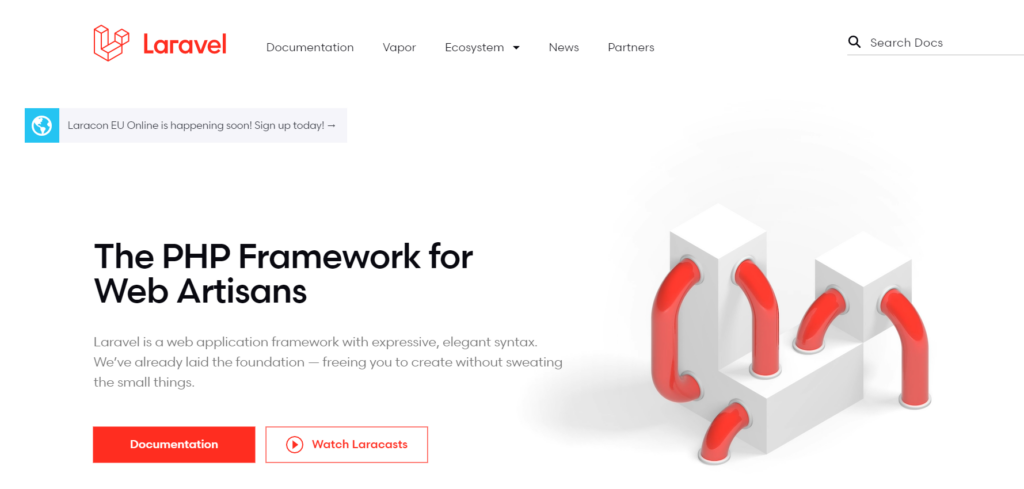
Lavarel is an open-source PHP-based framework that speaks highly of its elegant syntax and the whole ecosystem to perform various tasks such as Forge for server management and Nova for administration panel. With a fast routing engine and reliable documentation, it provides robust web development and streamlines the majority of web projects for developers.

Django is one of the widely popular open-source frameworks used for back-end web application development. This framework is created by a bunch of skilled developers who focus more on making everything automatic to speed up the server-side development process. The most sellable thing about Django, which developers give credence to, is the highly secured mechanism and its expansion on the most acclaimed programming language – Python.
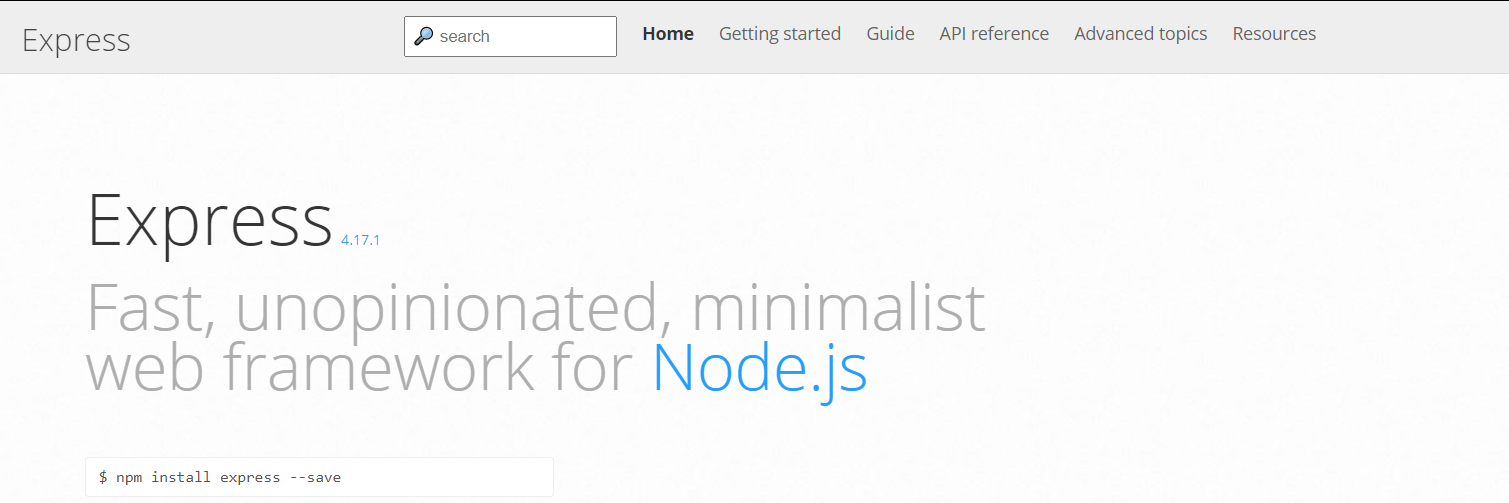
Express is an open-source flexible framework that works on Node JS development solutions – a back-end JavaScript runtime environment. It is also known as ExpressJS. Express helps build scalable apps utilizing various HTTP utility methods. For those who are just starting with the web development stream and are gaining pace with the back-end development tutorial, ExpressJS is the easiest framework available for them to practice their notions. The majority of the developers opt for ExpressJS because it helps them create server-side web applications faster and smarter. Also, ExpressJS provides programmers with some additional benefits such as add-ons.
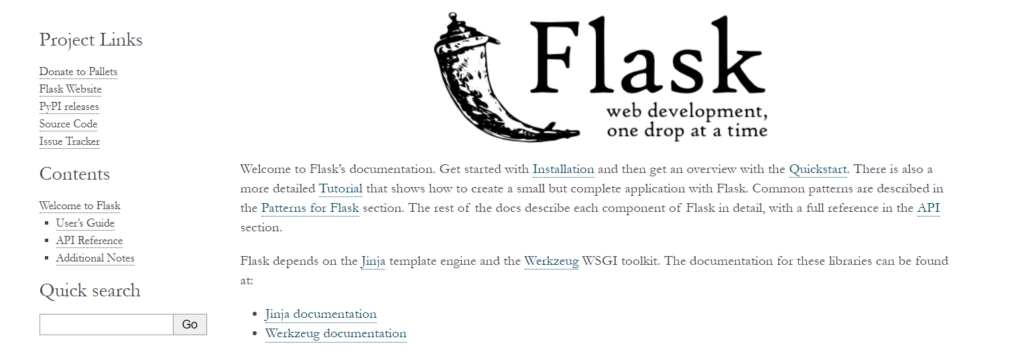
Much similar to Django, Flask is also considered as one of the Best Python based frameworks that enables developers to reap the benefits of smaller web development projects by providing comprehensive documentation. Flask gives plenty of options to developers with tools, libraries, and technologies. Besides, this framework allows developers with a few extensions provided by the Flask community.
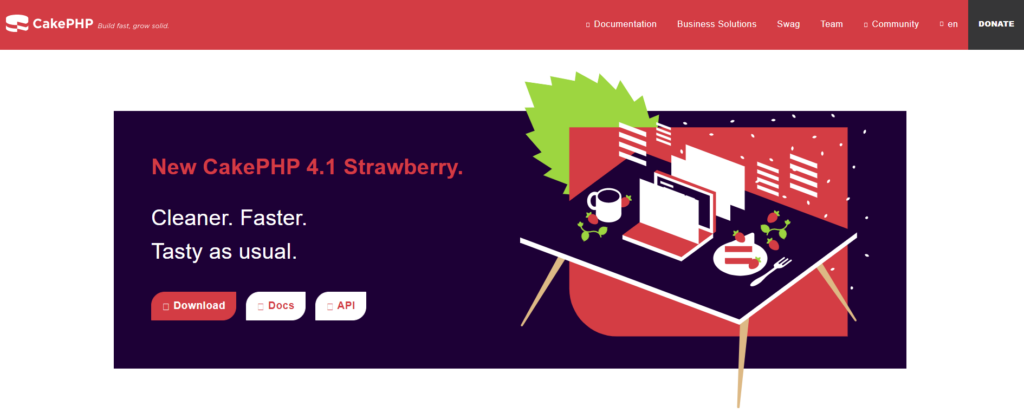
One of the widely popular and most advanced open-source frameworks, CakePHP, is built upon the Model View Controller (MVC) architecture. It uses an Object Relational Mapping (ORM) data conversion technique which easily converts data for non-compatible systems. CakePHP’s CRUD functionality enables users to create, update, and delete models within an application effortlessly. CakePHP could be a great choice for developers to build both large as well as small applications.
Does “behind the scenes” web functionality reel you in?
Do you often find yourself immersed in the server side of web applications?
Now is the time for you to meticulously know about the back-end development, its components, functionality, and frameworks. With this back-end development tutorial guide, we have tried to cover every basic aspect of what goes on in creating the web experience on the server side.
Back-end developers play a critical role in web development and are highly responsible for making delivery of database information to front-end developers. On top of all, back-end developers are the ones who understand the website goals that could be pulled off easily with popular tools and technologies. This beginner’s guide will help you understand the fundamentals of back-end development thoroughly.


Elevate your journey and empower your choices with our insightful guidance.

Director at Appventurez
Director and one of the Co-founders at Appventurez, Chandrapal Singh has 10+ years of experience in iOS app development. He captains client coordination and product delivery management. He also prepares preemptive requisites and guides the team for any possible issues on a given project.
You’re just one step away from turning your idea into a global product.
Everything begins with a simple conversation.